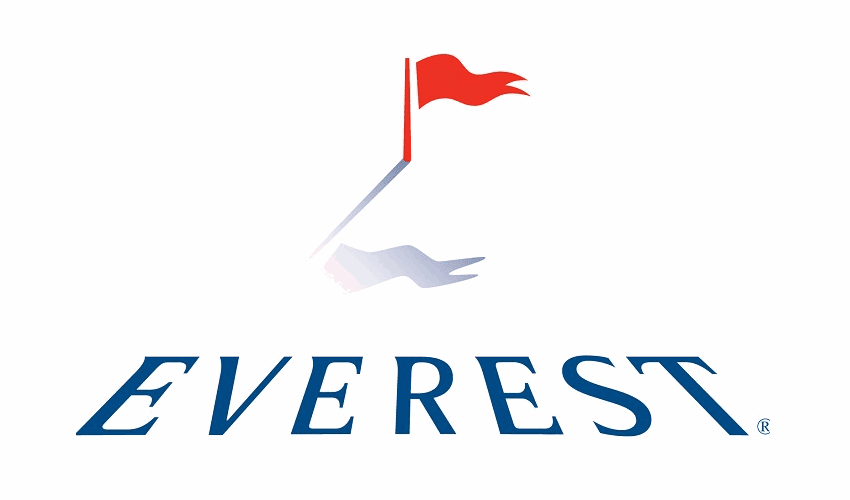Cat bonds provide “significant downside protection” should Ian industry loss grow: Everest’s Kociancic

Bermuda-based insurer and reinsurer Everest Re has $350 million of catastrophe bond limit that attaches at a $48.9 billion PCS industry loss threshold for Hurricane Ian, suggesting a potential recovery should PCS’ view of the ultimate industry loss rise from its current $40.9 billion estimate.
Prior to its third-quarter 2022 results announcement today, Everest Re reported a $730 million hit from catastrophes in the quarter, driven by $600 million of losses related to Hurricane Ian.
While it’s safe to assume that losses have been shared with third-party investors within the firm’s third-party capital vehicle, Mt. Logan Re Ltd., given the vehicle is essentially structured on a quota share basis, it was unclear if the loss had, or would impact Everest Re’s catastrophe bonds.
Speaking earlier during the company’s Q3 2022 earnings call, Chief Financial Officer (CFO), Mark Kociancic, explained that “we have a $350 million limit on our cat bonds between an industry loss of $48.9 billion and approximately $64 billion.”
Currently, PCS has estimated the industry loss from Ian at $40.9 billion, meaning this would need to increase by roughly $8 billion before Everest Re’s cat bonds attach, and Kociancic noted that if this threshold is met, the recovery would be recognised on a pro rata basis, up to a $64 billion PCS industry loss level.
“This potential recovery is currently not included in our $600 million Ian loss estimate, but it does provide significant downside protection should the industry loss grow,” said Kociancic.
According to President and Chief Executive Officer (CEO), Juan Andrade, the re/insurer “could potentially foresee that loss growing to the trigger point”.
“I think it’s primarily downside protection, that is definitely worth keeping in mind and thinking about,” reiterated Andrade.
Everest Re itself has pegged the industry loss from Ian at $55 billion, which is above the $48.9 billion threshold for the cat bonds to attach.
During the call, Kociancic provided some insight as to what it would mean for the firm’s cat bonds recoveries, which again would be a pro rata recovery, if the industry loss pick reaches this level.
“So, you’d have full recovery, in essence, with maybe some basis risk between our pegs and whatever the cat bond is coming out with, but that gives you a sense of how it could develop,” said Kociancic.
Expanding on this point, Jim Williamson, Group Chief Operating Officer (COO) and Head of Reinsurance, noted that with Everest’s loss for Ian sitting at $55 billion, if the PCS loss pick moves upwards and does trigger the firm’s cat bonds, its gross loss for the event wouldn’t move just because PCS gets to $49 billion.
“And then, again, above our $55 billion level, I think that’s when the cat recovery really holds our dollar value of net losses at the level we’ve indicated. So we feel very good about that number and there’s a lot of prudence built into it,” said Williamson.
Through its Kilimanjaro issuance platform, Everest Re has been sponsoring cat bonds since 2014, with the most recent coming to market in the second-quarter of this year, the $300 million Kilimanjaro III Re Ltd. (Series 2022-1) transaction.






